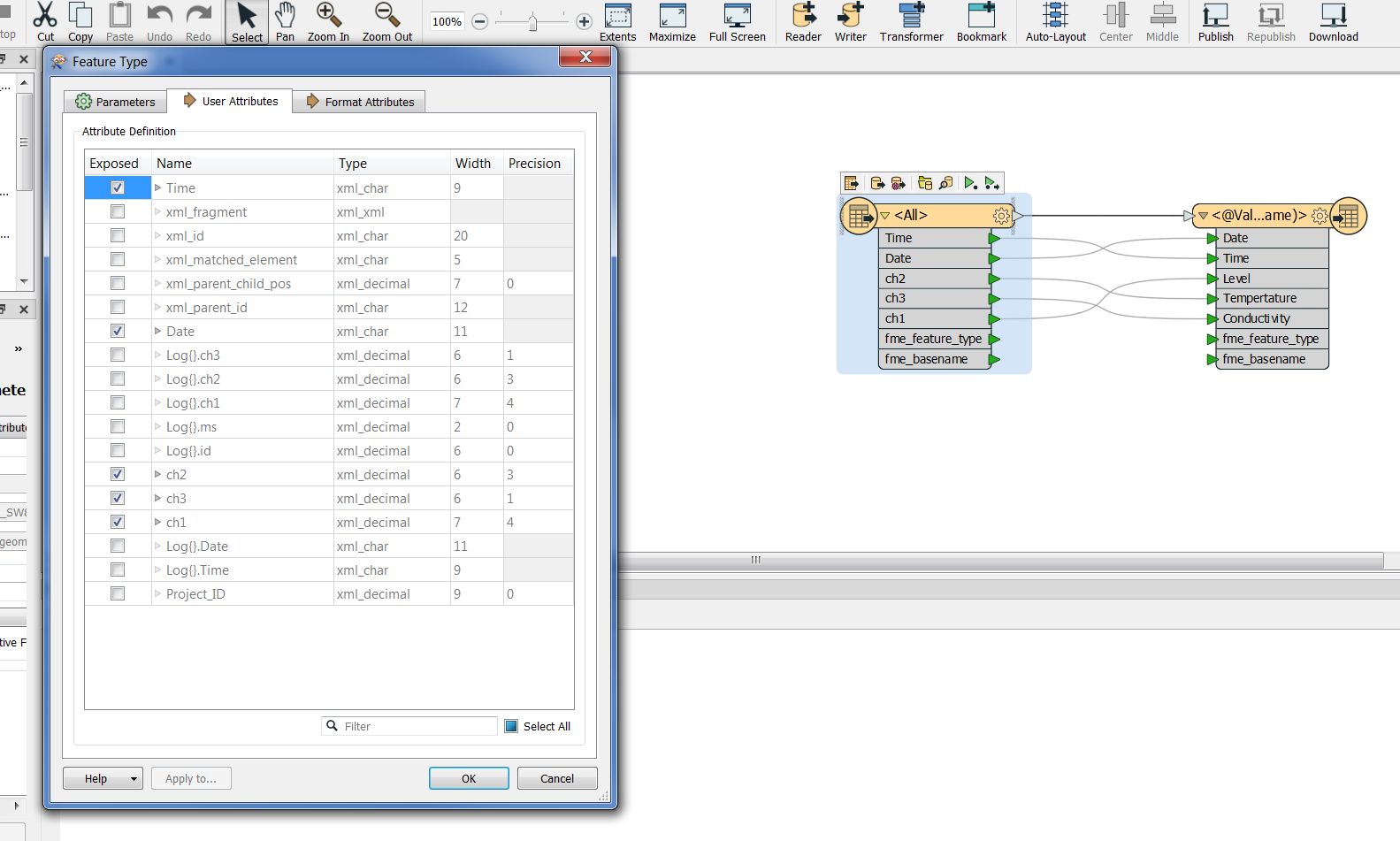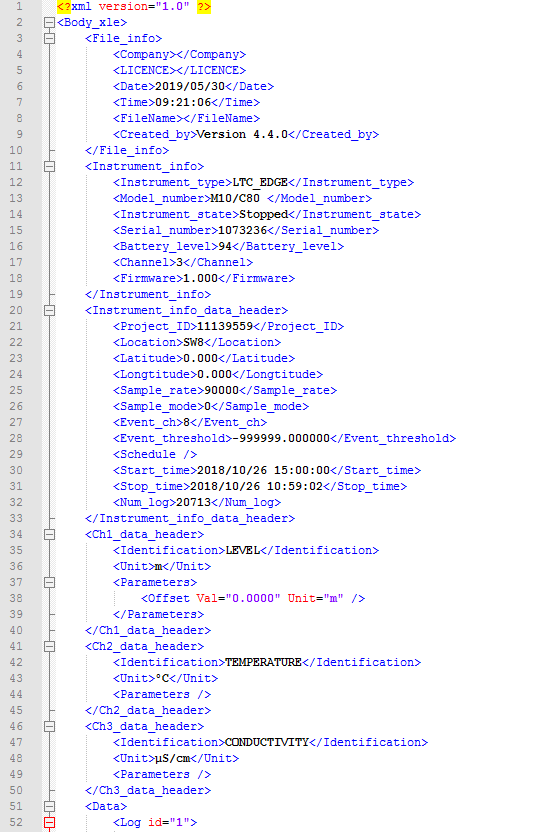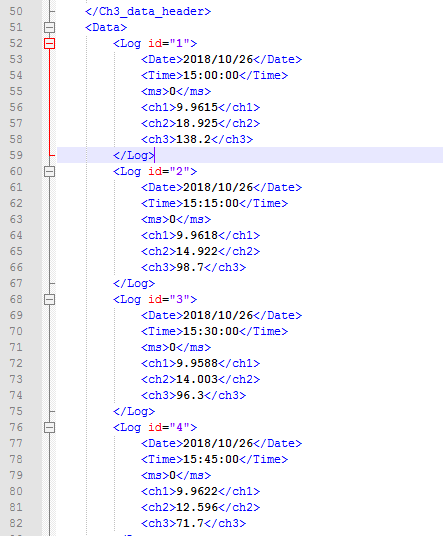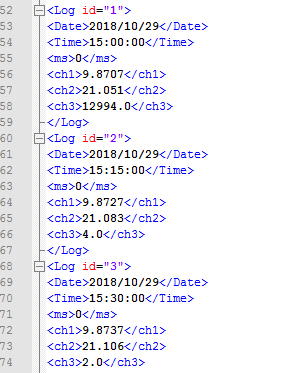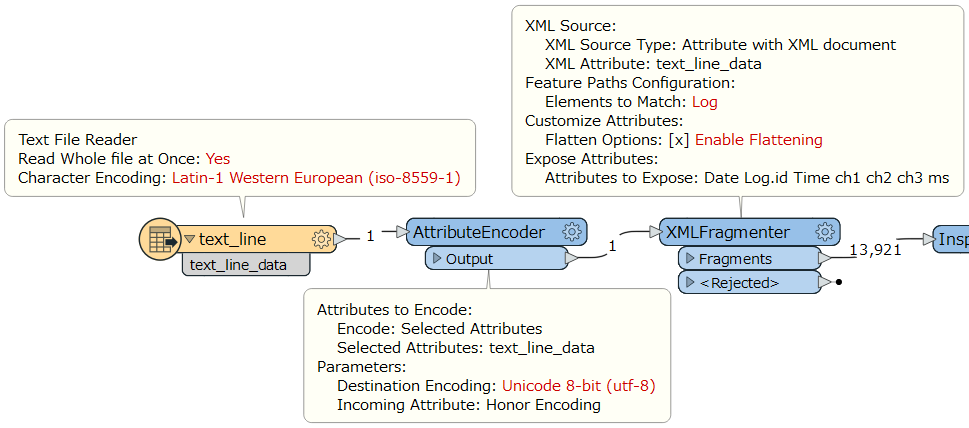I am very new to FME. I'm trying to understand how to format where data is placed within my CSV output. I'm reading specific elements in an XML file and writting it as a CSV. I almost have it working, however it is writting it in the below format.
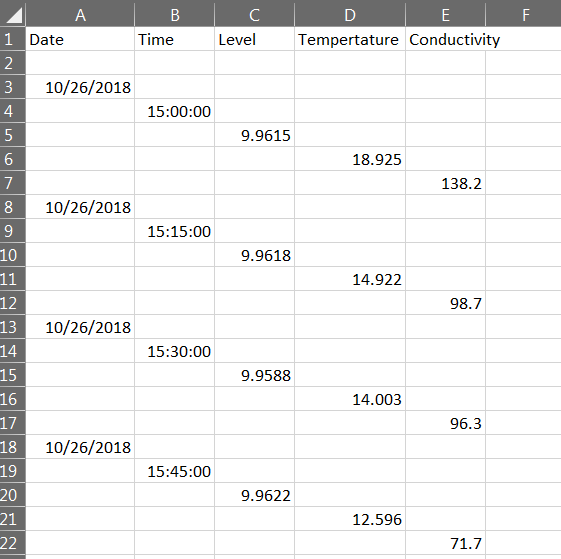
How to I fix the formatting so that the values fit on the same rows, eliminating the blank spaces?





